- Anthills
- Ant close up
- Ant body
Ants belong to the order Hymenoptera and are representatives of the insect family from the ant family superfamily. On earth, there are more than 12 thousand species of these creatures, differing in size and appearance. Many of them benefit a person, while some are very dangerous for his health. The ant is a public insect. The following castes are usually formed: working ants, males and females. A distinctive characteristic of males and females is the presence of wings, which they bite off after mating. Working ants do not have them at all. About the features of these unique creations will tell this article.
Where live
These tiny workers are widespread on the territory of all continents, the only exception is Antarctica. Insects live in anthillsthat they build themselves. The founders of such nests are females (uterus), whose function is not only to procreate, but also to select a suitable place. In each colony there is only one queen queen. All other inhabitants of the anthill feed and protect it. A photo of the anthill where the ants live can be seen below.
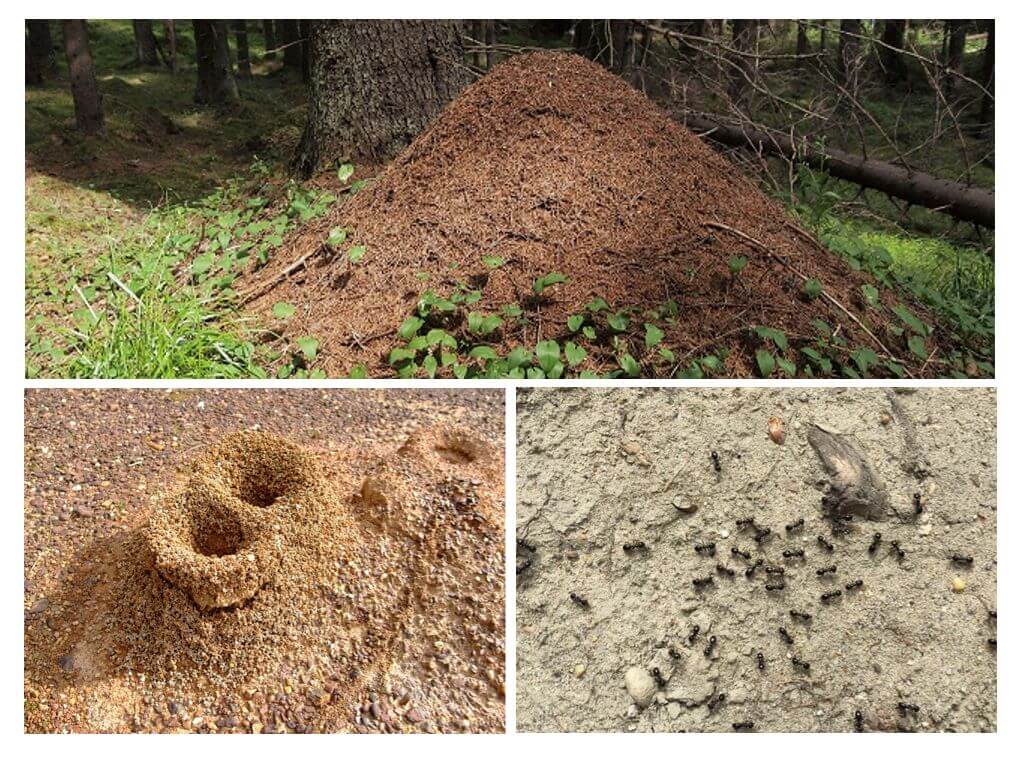
Interesting!
Male ants die almost immediately after mating with a female. Worker ants, or as they are also called foragers, take care of the rest of the members of their family, delivering food to them. Another function of working ants is to protect the ant hill from enemy attacks.
However, not all are clearly divided into castes. species of ants. So black garden representatives they devote the beginning of their life to caring for eggs and larvae, in the next stage of their life they equip a nest, later their function is to obtain food. As a result, the anthill contains the largest number of living individuals.
External structure
Ants are insects that are considered one of the most famous and numerous in the world. Ant size and weight vary by species. The body length can be from 1 to 50 mm. And most often the biggest ants are and the most dangerous in the world. Moreover, females are usually much larger than males. Body color depends on species.
The anatomy of an ant is quite complicated. The body of the murash is covered with a chitinous membrane. This kind of skeleton not only supports, but also protects the baby. The description of the appearance of different representatives is almost similar. The head, chest and abdomen - this is the structure of the ant. Photo ant can be seen below.
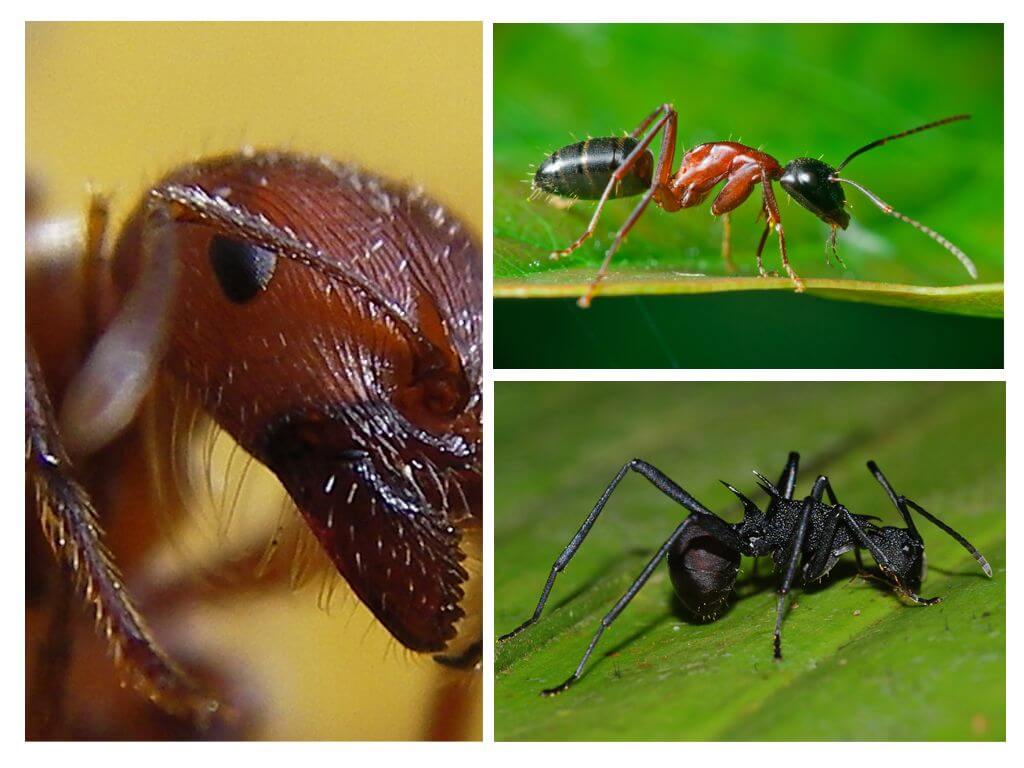
Head
The head of an ant is usually large in size, in each individual species it differs in a certain structure. Powerful mandibles are located on it. The laborers carry food used for the construction of grass and twig nests. Mandibles also help insects protect themselves.
Eyes
Not everyone can answer the question how many eyes an ant has. The eyes of the insect have a complex faceted structure. In addition to paired, there are 3 more eyes. They tiny creatures determine the level of illumination and the plane of polarization of the light flux.
Interesting!
With so many eyes, the eyesight of ants is not the best.Most insects have myopia. Some representatives of this family are not able to distinguish objects, because they do not see at all. They can only respond to movements. There are also individuals that respond to the level of illumination of space.
Mouth
The oral apparatus of an ant is a gnawing type. It includes the jaws, which are also called mandibles or mandibles, the upper lip (labrum) and the lower lip (labium). The mandibles can be large and not very, excessively sharp and very blunt. They are also overlapping and overlapping. Due to this feature of ants, mandibles can chew food even with their mouths closed.
The organ of taste for goosebumps is the tongue located on the lower lip. They insects still clean their body.
Antennae
The sensory organ of insects is the cranked antennae. They help ants detect odors, capture air vibrations and vibrations. In addition, this organ is used by insects to receive and transmit signals during communication with their relatives.
On a note!
An interesting fact is that only ants have such antennae.
Abdomen
The abdomen of the ants is stalk-like (the stalk is formed by one or two rings). On it may be a vertical outgrowth or notches. Some species of ants have a sting at the end of the abdomen, which serves as a tool for hunting and their protection. Thanks to him, insects secrete acid - a special substance that paralyzes the enemy.
Paws
The ant has 3 pairs of well-developed legs, each of which is located on a separate thoracic segment and ends with a hooked claw. Thanks to this feature, the ant's movement can occur not only on a horizontal, but also on a vertical surface. A close-up photo of the ant is presented below.
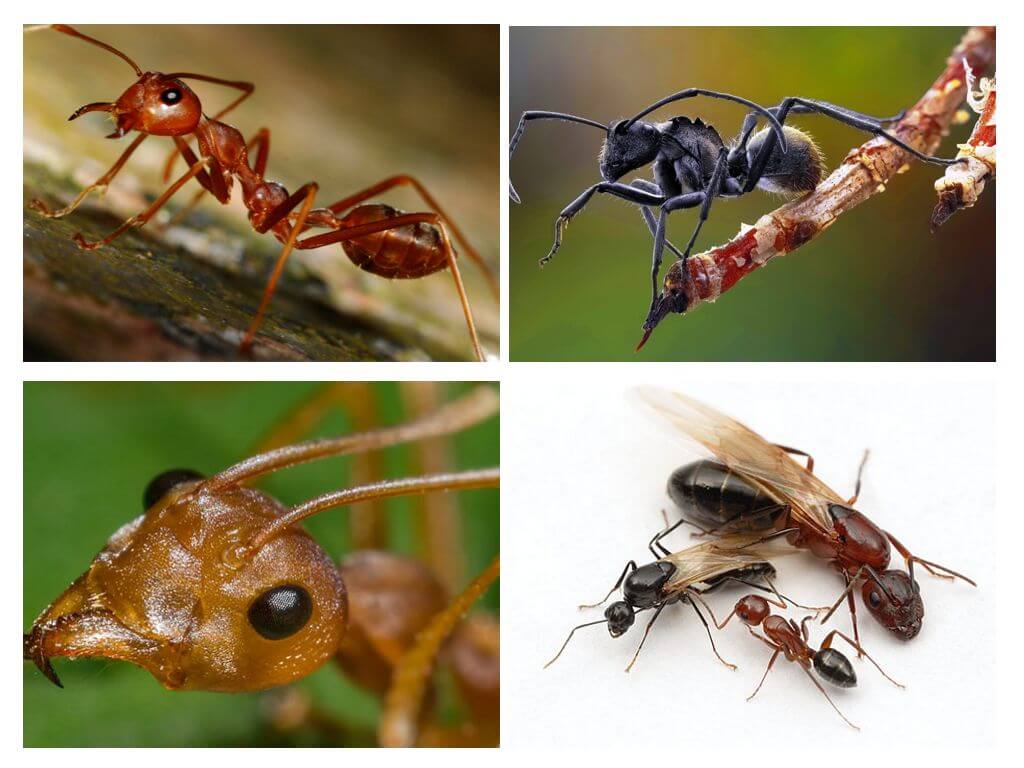
From structural features of insect paws depends on the method of their movement. Not all ants move on foot, some species have the ability to jump. There are also gliding insects and runner ants, red fire ants able to form bridges over water barriers.
The paws serve as an ant not only for movement. So with front legs equipped with special brushes, the insect looks after its antennae. Spurs located on the hind limbs are used for attacks and defense. And the presence of small notches, available on all legs, makes it possible for insects to move even on sheer smooth surfaces. An example of this is pharaonic antsable to run fast on glass.
Internal structure
The internal organs of the ant, which are located in the abdomen, are unique in their own way. So the esophagus does not end with the stomach, but with the so-called goiter. Its insects are used to collect food. If necessary, to treat his relative, the ant belches part of the food from this hiding place. This is especially true for honey ants, which are also called barrels.
Nervous system
The insect's nervous system includes several interconnected ganglia. So the pharyngeal ganglion, which acts as the brain, is responsible for the thinking and behavior of insects. It is much larger in relation to the body. The brain has an especially large working ant, in females it is slightly smaller, in males it is the smallest.
Circulatory system
The blood of ants is a clear liquid - hemolymph. It drives the body through the spinal vessel - the heart. It is a muscular tube that runs along the entire back.
Breathing system
Respiratory system of the tracheal type. Opening of the trachea occurs outward with stigmas (spiracles), which are located on each segment of the abdomen (on the stalk at the base of the scales).
What do ants eat?
Another feature of these goosebumps is the ability to adapt to the environment. In this connection, these insects are omnivores.In the spring-summer period, food ants supply food to the anthill every day. With the advent of cold weather, not all ant families fall into hibernation. As a result, they are forced to stock up on food for wintering in advance.
Food goosebumps are distributed as follows:
- The uterus feeds exclusively on protein. Very often food intended for the queen is delivered by working ants in an already chewed form.
- Working ants have a carbohydrate diet. These include the soft parts of berries and fruits, plant juices, their roots and seeds. With particular pleasure, they eat honey dew, which is secreted by the plant during a sharp change in temperature. Another favorite treat of goosebumps is aphid sugar (milk). At red forest ants it makes up most of the diet. Such food is more nutritious and easy to digest.
- The larvae emerging from the pupa give preference to protein food, which is found in the remains of small insects, as well as in the eggs of various pests. For example, domestic ants are not averse to feasting even on household products: cottage cheese, meat, cheese or eggs. The younger ant generation will not refuse domestic cockroaches of the Prussians.
Life span
Life span tiny creatures depend on their functional responsibilities. Working ants live 1-3 years, and larger species of insects live longer than tiny ants. The life expectancy of representatives of this family living in tropical areas is much shorter than that of those living in cold regions.
Interesting!
How many ant sleeps, depends on his position in the ant community. The longest uterus sleep.
Ant males live quite a bit - just a few weeks. Individuals participating in mating can be destroyed by stronger tribesmen, predator insects, or any small animal.
The largest long-lived ant colony is the queen-queen, whose life expectancy can reach up to 20 years. Soldier ants live longer than working individuals. Ants live even longer, spending most of their lives in an anthill.
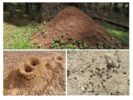
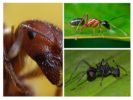
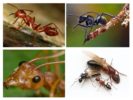
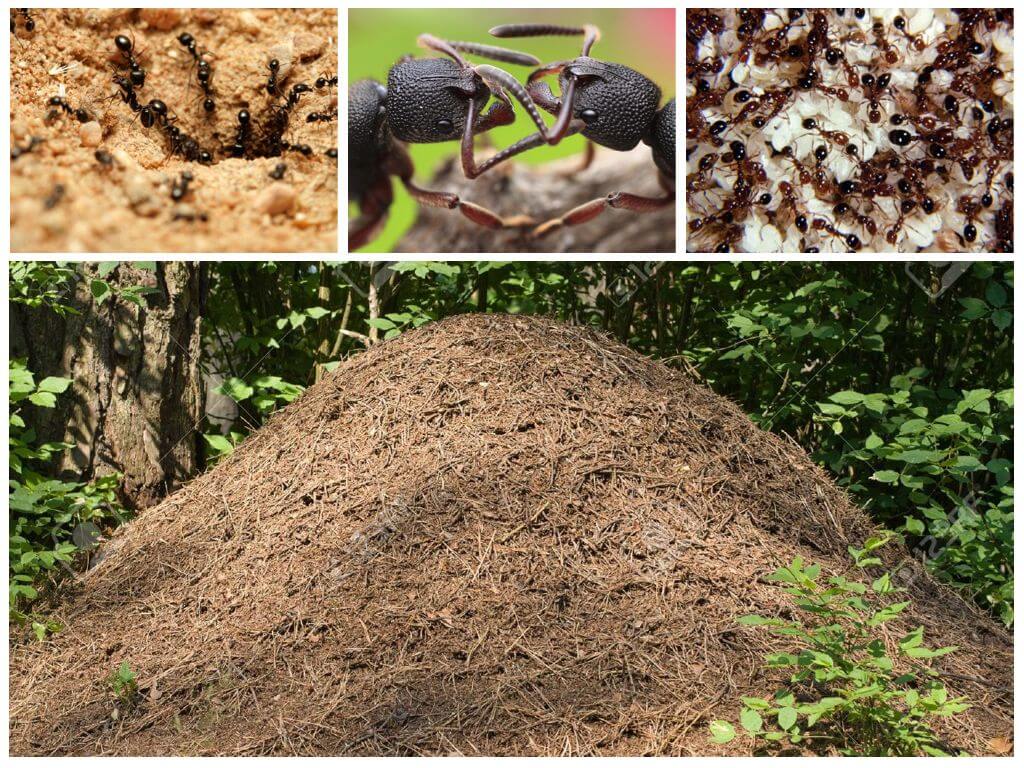
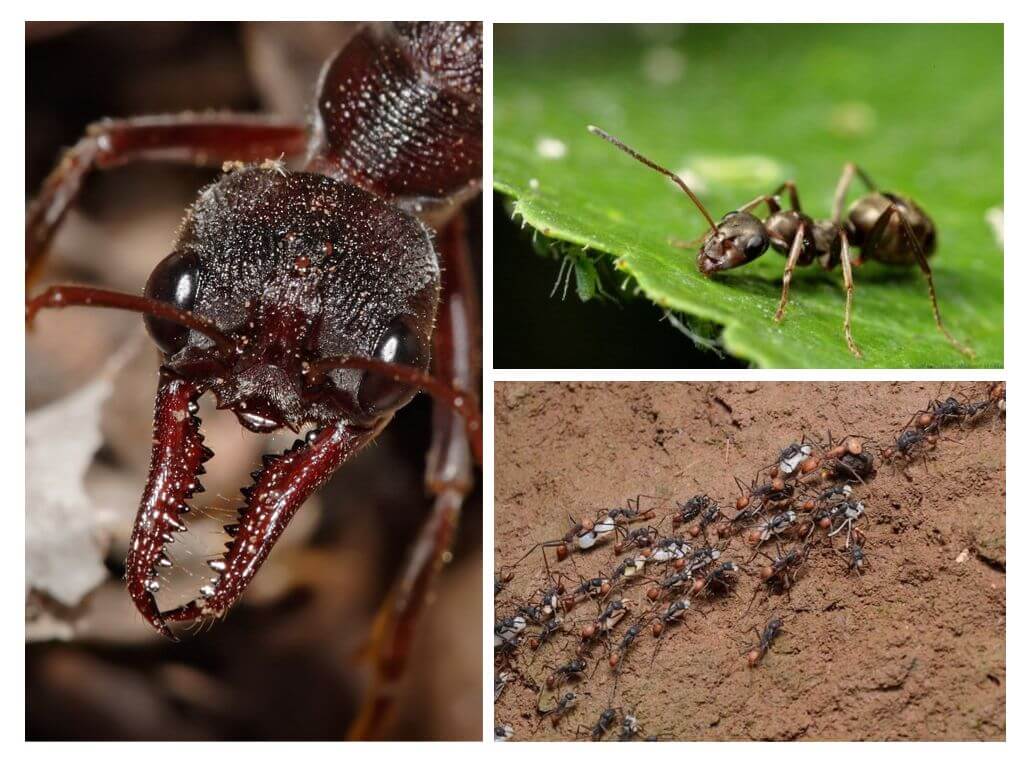
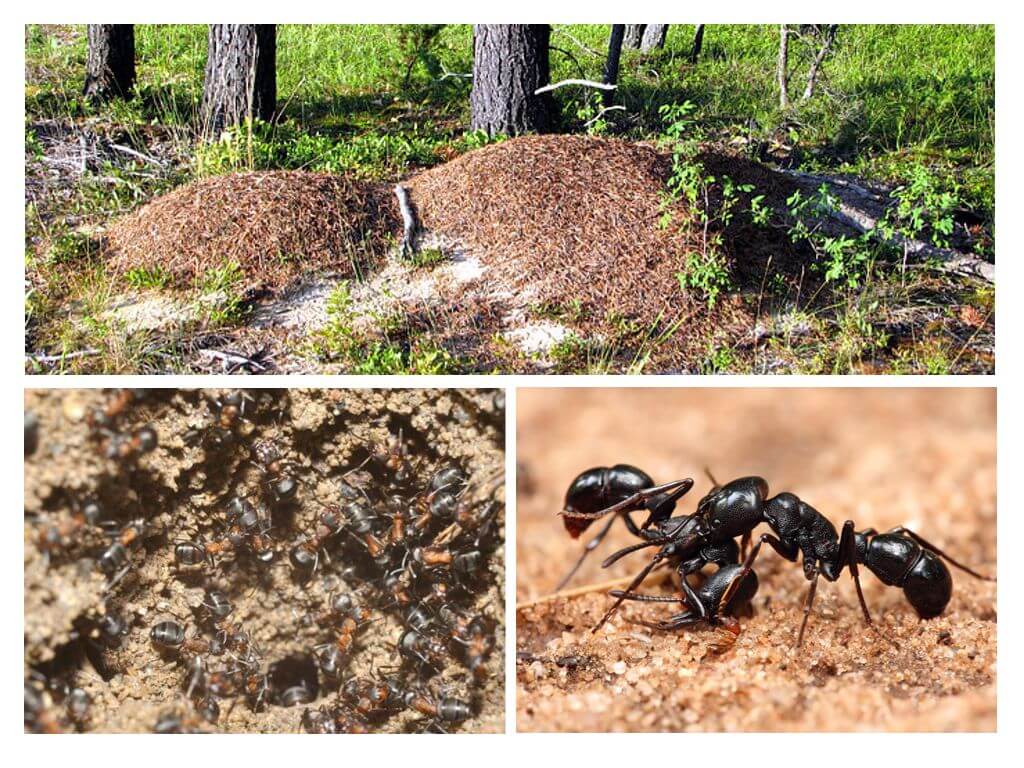
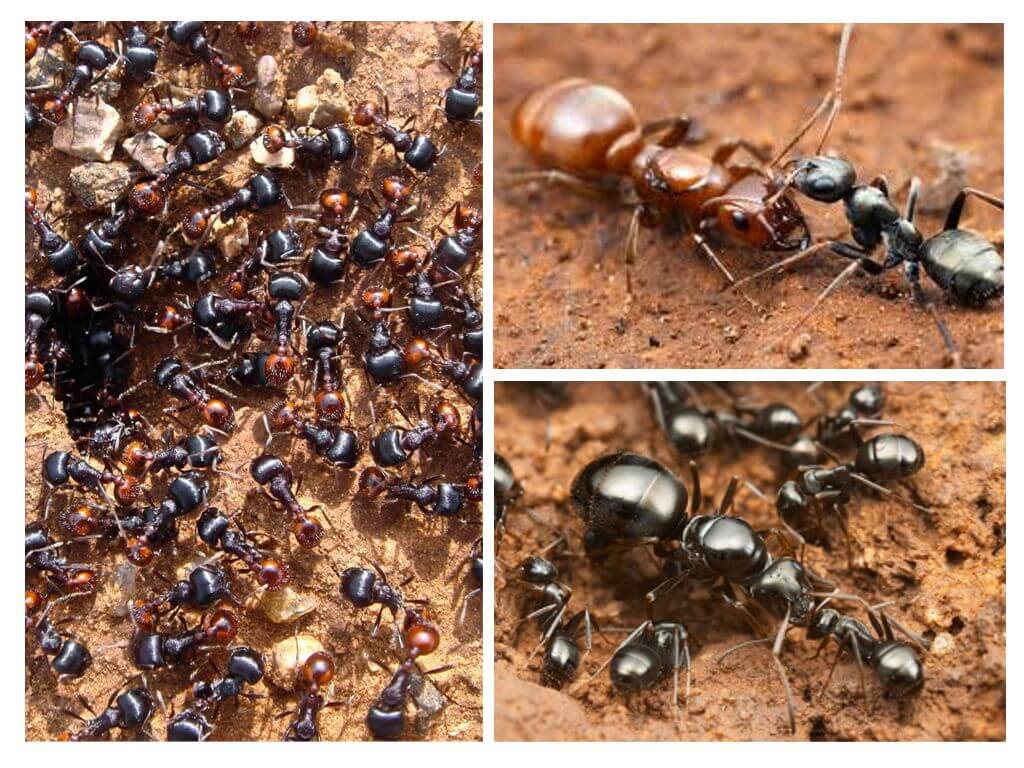
I have red house ants living in my house. It’s just trouble, I don’t know how to get rid of them.
Buy poison and deal with the end.
It is good to fish on the ant.
Such runners still need to be caught.
I did not think that the ants had a slave system. Some work, others eat.
You look from the side, ants never get tired. They are constantly running and carrying something.
I heard that ants are being treated.
But the uterus didn’t settle in this way: they just burst and live more than others.